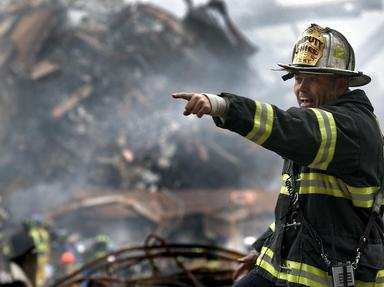Quiz Answer Key and Fun Facts
1. Hillsborough Disaster, Sheffield, England
2. The Triangle Shirtwaist Factory fire, New York City, USA
3. Holodomor, Ukraine
4. Indian Ocean earthquake and tsunami
5. Grenfell Tower fire, London, England
6. Le Pain Maudit (mass poisoning), Pont-Saint-Esprit, France
7. Sinking of the MS Estonia, Baltic Sea
8. Crash between KLM Flight 4805 and Pan Am Flight 1736, Tenerife, Canary Islands
9. Nedelin catastrophe, Baikonur Cosmodrome, Soviet Union
10. Monongah mining disaster, Monongah, West Virginia, USA
Source: Author
Kankurette
This quiz was reviewed by FunTrivia editor
gtho4 before going online.
Any errors found in FunTrivia content are routinely corrected through our feedback system.
